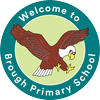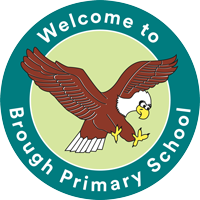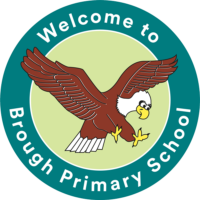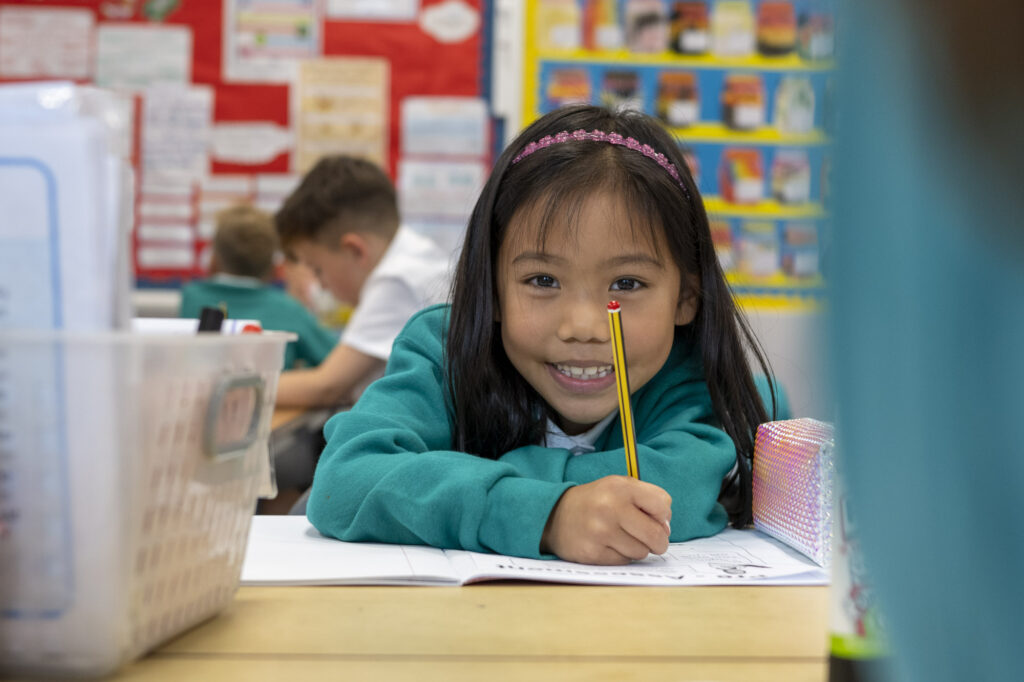At Brough Primary School we believe that learning should be about the journey, not the destination. We believe that children should be given the opportunity to reach their full potential in all areas and we ensure they experience a wide range of learning opportunities to foster a lifelong love of learning and an enthusiasm for the world around them. We work alongside families and the wider community to nurture children and support them in a caring and secure environment where everyone cares about and looks after each other.
Through having high expectations for all children, exciting and engaging lessons and a clear focus on developing curiosity, independence and a love of learning, we allow children to reach their full potential and ensure they have the skills needed for the future.
We hope that you will find our website useful and will check it regularly to see what we have been up to in school, our achievements and our successes. Our Facebook feed is very popular and shows what we do in school during the day and gives an insight into life at Brough Primary School.
If you have any queries, please do not hesitate to get in touch.
Proposed change to our pupil admission number from September 2027
Please see the information below regarding our request to reduce our pupil admission number in EYFS from September 2027.
What change is being proposed?
- The school have requested that the admission number for the school is decreased from 45 to 30 for the Reception year group for the start of the 2027-28 school year.
What reasons have the school given for the change?
- the school is seeing a fall in demand which is linked to a decline in the birth rate;
- pupil projection information demonstrates a clear decline in pupil numbers;
- there would be no changes to the physical capacity of the school which is able to accommodate up to 60 pupils in each year group;
- the physical accommodation and built capacity of the school will not be reduced in such a way as to make the proposed decrease irreversible in future years. All spaces that can be used as classrooms and teaching spaces may be used alternatively when not required as classrooms, but all shall be retained as potential future classrooms for the future needs of the children in the relevant community.
What other information is available about this change?
- the proposed admission number of 30 still ensures the straightforward organisation of classes;
- the school currently has an average of 39 pupils on roll in each year group which is below the current PAN of 60, and also below the revised PAN of 45 which will take effect from September 2026. However, this average includes Years 5 and 6 which are large year groups, if the average number of pupils from Reception to Year 4 is used, there is an average of 31 pupils on roll per year group, this clearly shows the decline in pupil numbers.
If approved, this change will not come into force for the year group starting in September 2026, but only from September 2027.
Please see the link below to the ERYC page which includes further details.
https://www.eastriding.gov.uk/learning/schools-colleges-and-academies/school-admissions/school-admissions-arrangements/school-admissions-arrangements-for-2027-28/
The consultation survey is available here https://www.smartsurvey.co.uk/s/2027-2028SchoolsAdmissionsConsultation/



